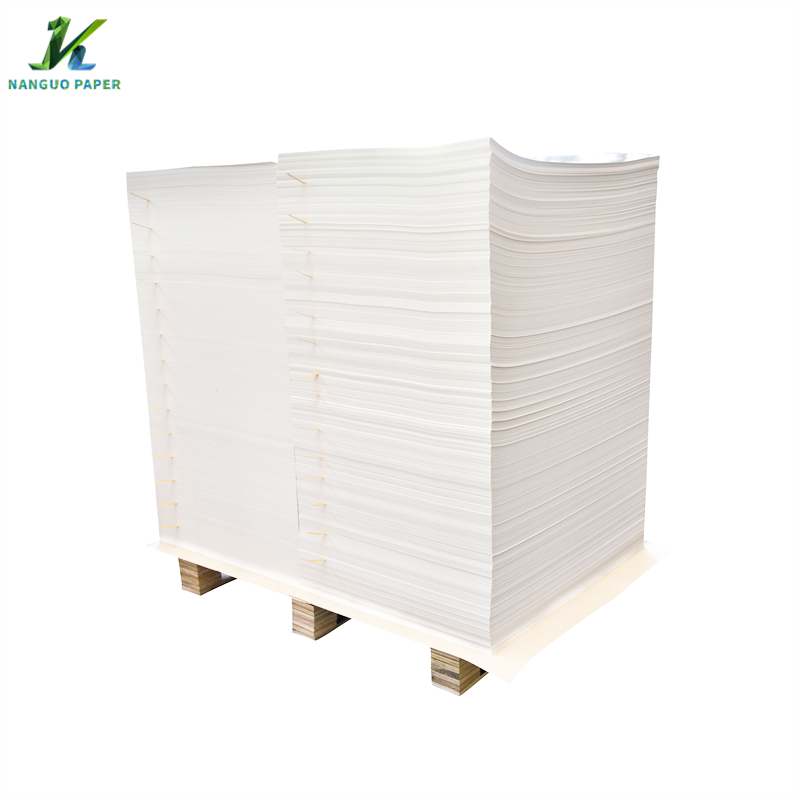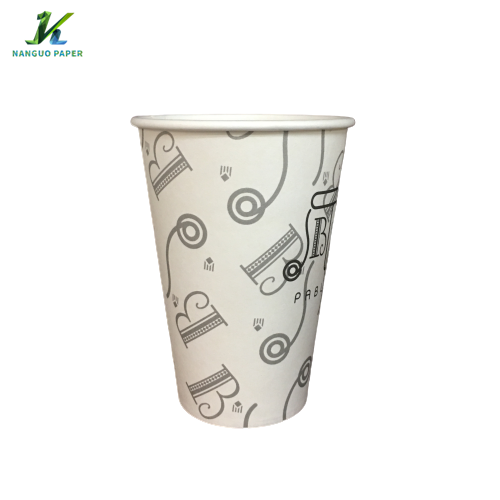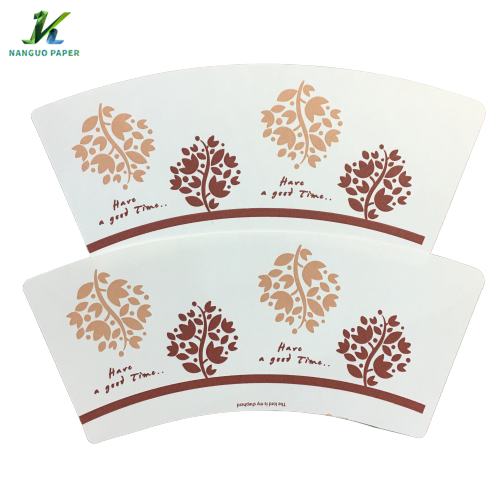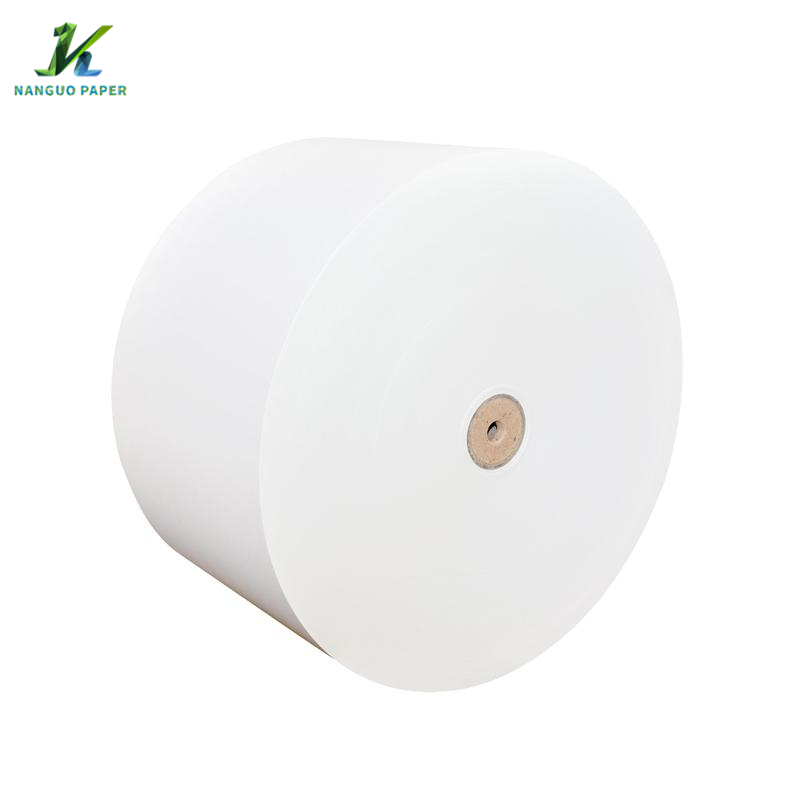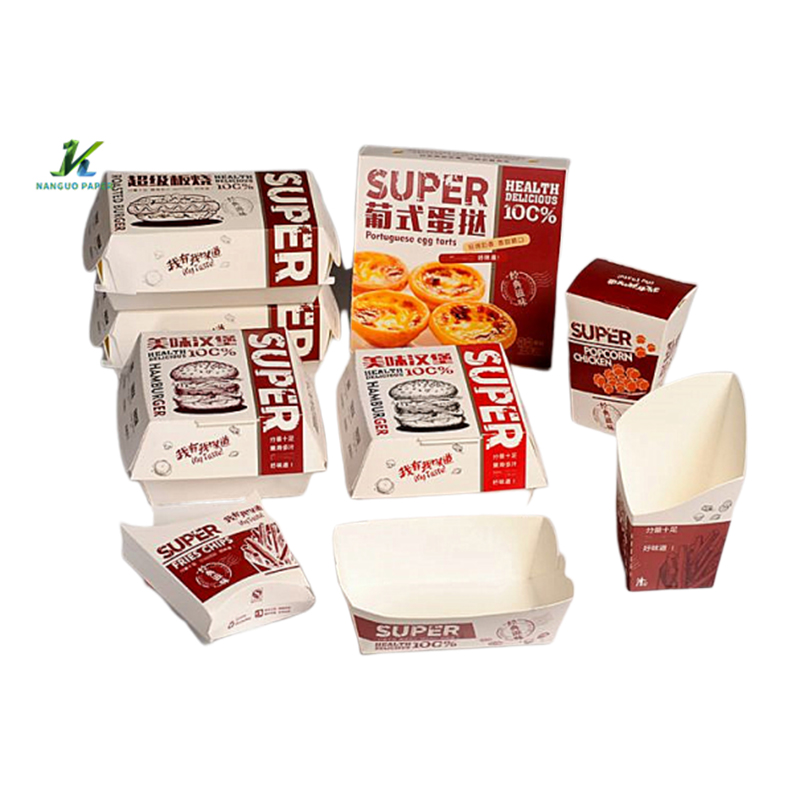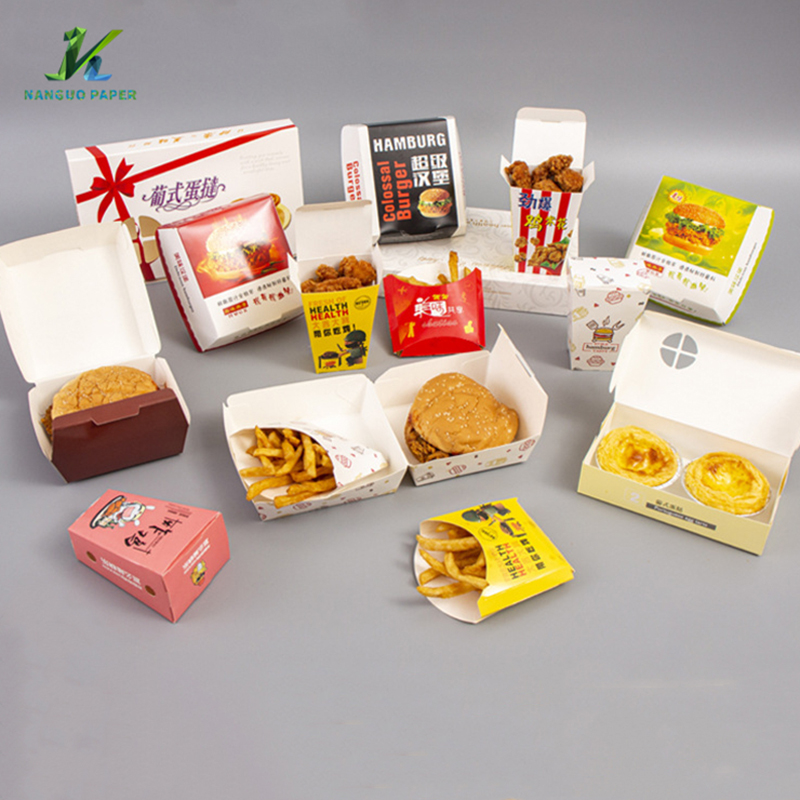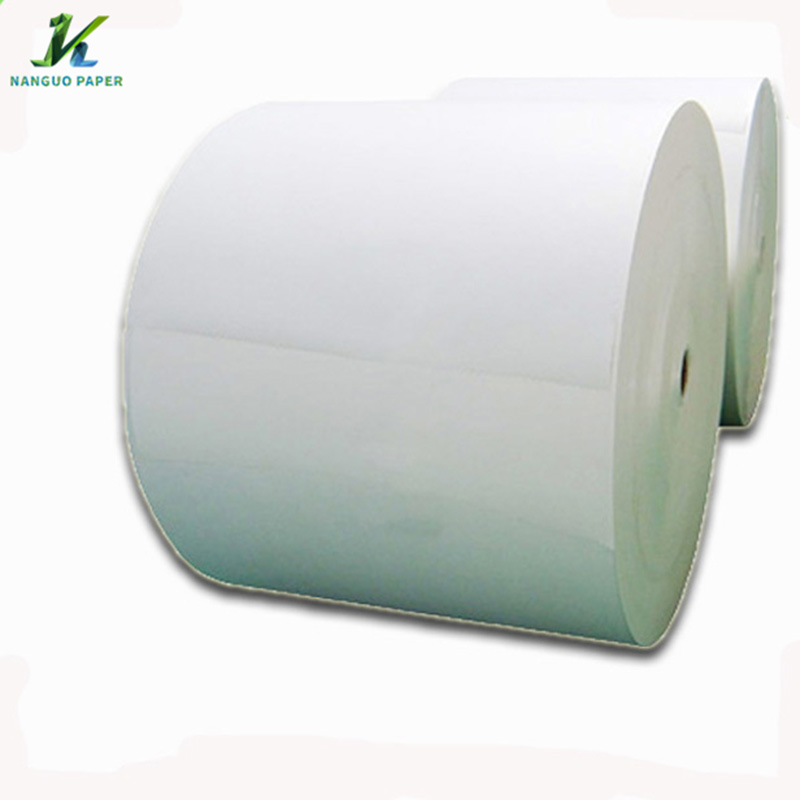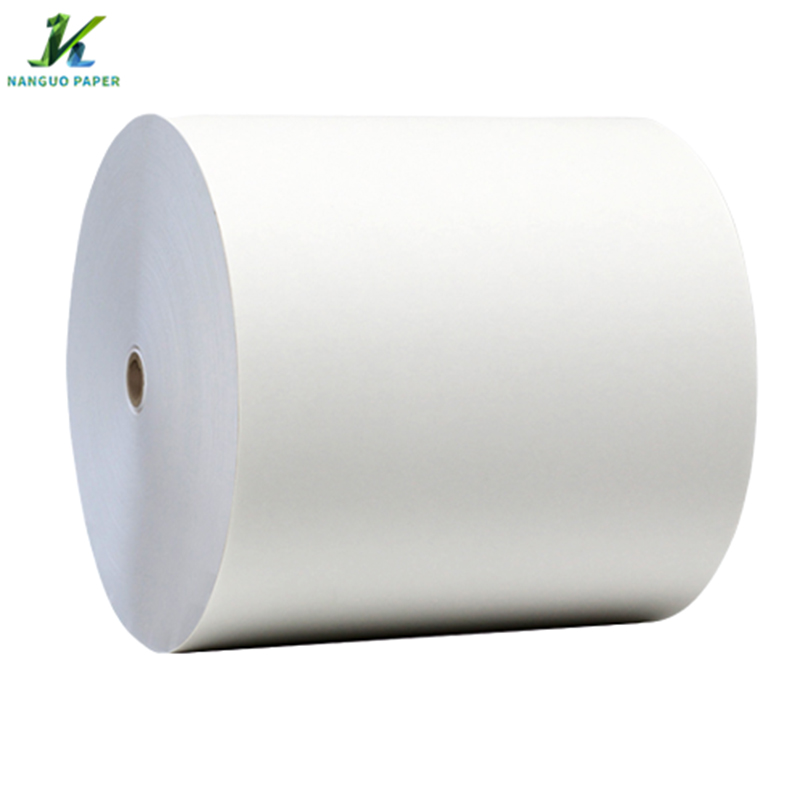Raw Material Paper Cup - Manufacturers, Suppliers, Factory from China
However, we have a more environmentally friendly alternative, and that is the use of bagasse to make paper and cardboard. Bagasse is a by-product of sugar cane processing, and using bagasse as a raw material can be an effective use of agricultural waste resources. Raw Material Paper Cup, Recycled Biodegradable Packaging , Paper Wholesale Suppliers , Bagasse Paper ,Wholesale Paper Cup Raw Material . In summary, no matter from the perspective of energy efficiency, resource utilization efficiency or ecological protection, using sugarcane bagasse as papermaking raw material and converting remaining organic matter into biomass energy is a more scientific and environmentally friendly choice. Sugarcane bagasse papermaking can not only obtain high-quality pulp, but also achieve the goal of reducing wood consumption and improving resource utilization efficiency. Therefore, it is considered an environmentally friendly, green and sustainable choice of papermaking raw materials. In today's pursuit of sustainable development, bagasse papermaking will become an important direction for the future development of the paper industry. The product will supply to all over the world, such as Europe, America, Australia,Costa Rica, Jordan,Greece, Nigeria.Nanguo Paper has recently launched a new copy paper which is no longer made from traditional wood pulp but from bagasse. Not only does this innovative copy paper have a natural color and appearance, it is also completely bleach-free, in line with the requirements of sustainable development. Traditional copy paper usually uses wood pulp as the main raw material, which means that large numbers of trees need to be cut down and chemical bleach is used to increase the whiteness of the paper. However, this method of production causes serious ecological damage. Not only does the felling of trees lead to the reduction of forests, but it also produces a large amount of industrial waste and pollutants, which have a negative impact on the environment. Southland Paper's copy paper made from bagasse changes the traditional production method and brings many benefits. First of all, bagasse is the leftover part of sugarcane after it has been refined and no longer uses limited natural resources. This means there is no need to cut down trees, reducing damage to the forest ecosystem. Secondly, this copy paper is bleach-free and retains the natural color and texture of bagasse, giving it a natural texture. This not only helps protect the environment, but also gives users a distinctive paper texture when using it. In addition to its positive impact on the environment, copy paper made from bagasse has other advantages. Bagasse has a finer fiber structure, so the paper made from it has a higher density and toughness, making it more durable. In addition, because it is bleach-free, this copy paper avoids the health risks that may be associated with bleach residue in the paper. The launch of this copy paper made from bagasse by Southland Paper not only provides users with a high-quality paper option, but also makes a positive contribution to sustainable development. By using environmentally friendly raw materials and bleach-free production methods, this copy paper reduces dependence on natural resources, minimizes damage to the ecological environment, and realizes the recycling of resources. It is believed that as more users and enterprises focus on environmental protection and sustainable development, this innovative copy paper will be more widely used.
Related Products





